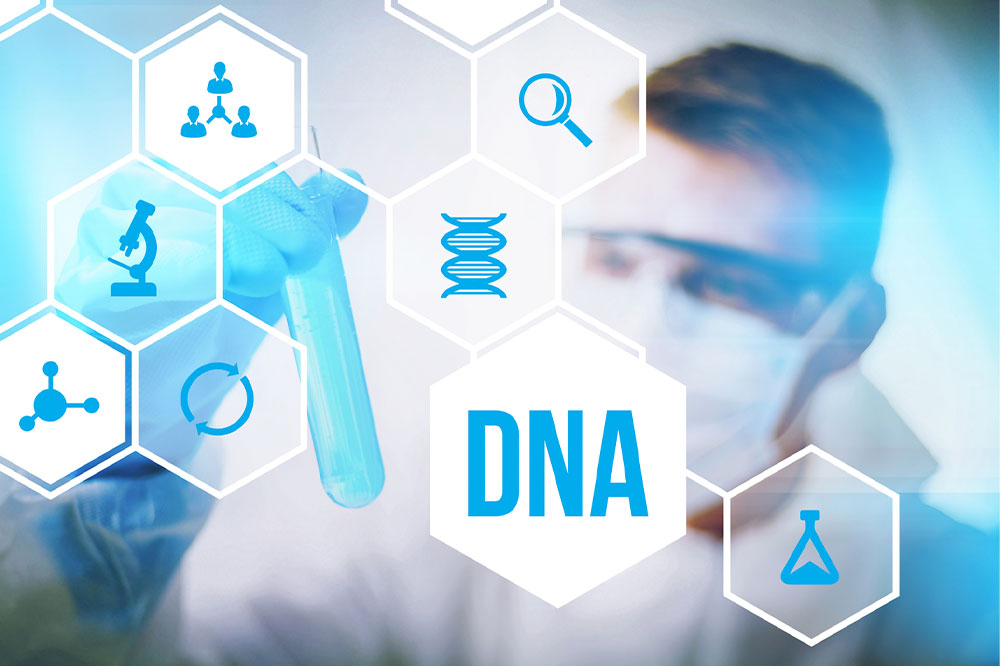Evaluating the Benefits and Challenges of Affordable Genetic Screening
Discover the benefits and limitations of affordable genetic testing, a vital tool for early health risk detection and personalized medicine. The article covers its advantages, such as increased awareness and legal protections, along with challenges like limited scope and access issues. Understanding these factors helps individuals make informed decisions about genetic screening options.

Evaluating the Benefits and Challenges of Affordable Genetic Screening
Genetic screening, also known as DNA testing, plays a vital role in evaluating an individual's risk for various health conditions. Cost-effective genetic testing makes this process accessible by typically involving a simple blood or saliva sample, analyzed in laboratories. These tests provide insights into potential illnesses such as Alzheimer's or certain cancers. However, interpreting results can be complex, and unexpected findings may pose challenges. It’s important to seek guidance from healthcare professionals for proper understanding and subsequent steps.
Explore the advantages and limitations of affordable genetic screening:
Benefits
Increased awareness – Understanding genetic predispositions helps individuals anticipate health risks. Analyzing DNA sequences can reveal abnormalities, enabling early detection and preventive measures before symptoms arise.
Reducing uncertainty – Testing family members can identify inherited risks, easing anxiety. Healthcare providers often recommend genetic testing within families to assess hereditary health concerns.
Early intervention – Detecting genetic risks before symptoms appear allows for proactive health management. Recognizing specific genetic markers can influence treatment choices, facilitating personalized care.
Legal protections – Results are kept in medical records and protected by laws like the Genetic Information Nondiscrimination Act of 2008, safeguarding against employment or insurance discrimination based on genetic data.
Limitations
Access issues – Genetic testing can be complex and may not be suitable for everyone. While at-home kits exist, their accuracy might be lower than professional lab tests. Eligibility often depends on family history of specific genetic conditions.
Limited coverage – Tests target specific genes linked to known diseases, such as BRCA for breast cancer, and do not offer a comprehensive health overview.
Partial insights – Results indicate potential risks but do not confirm disease development or severity. Negative results don’t entirely eliminate risks, sometimes leading to additional testing.
Physical risks – Generally safe, but procedures like prenatal amniocentesis carry some risks, such as miscarriage. Blood or saliva tests are minimally invasive, whereas more involved tests require physical considerations.


